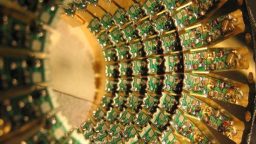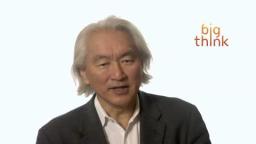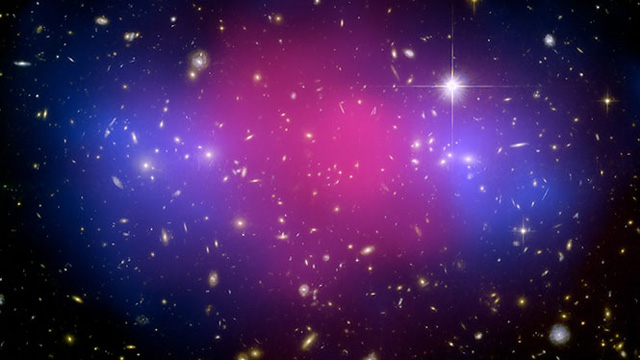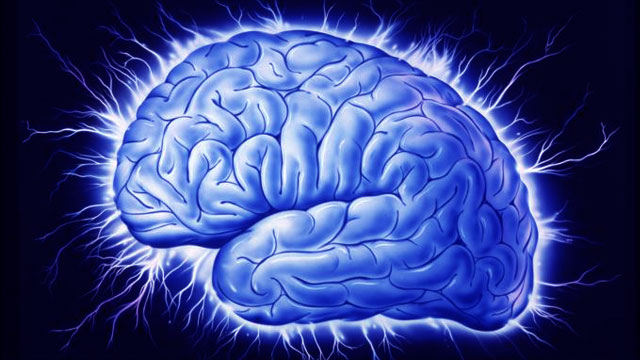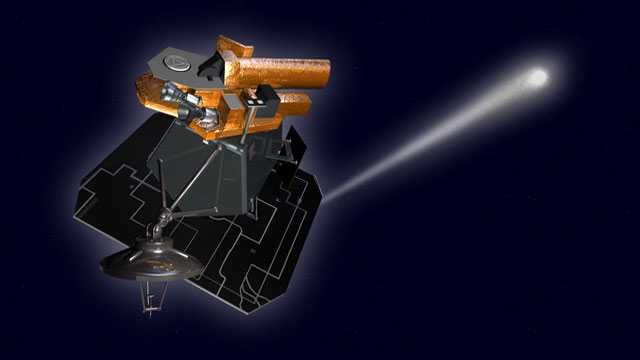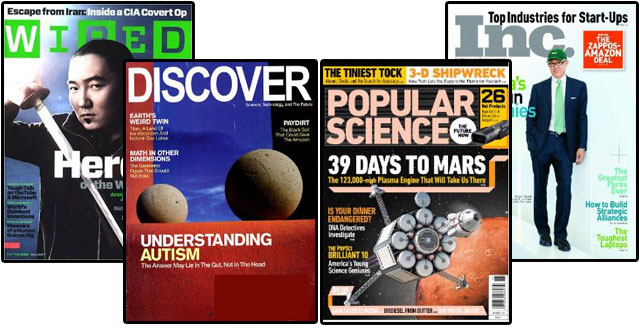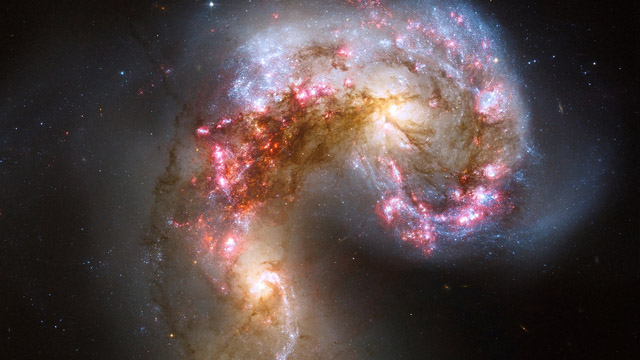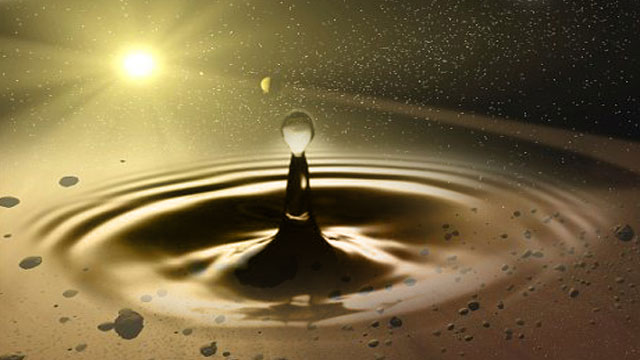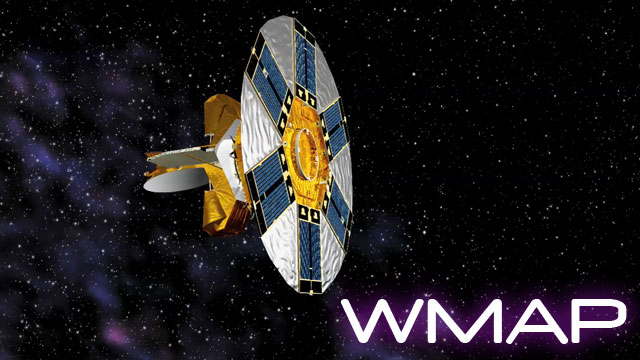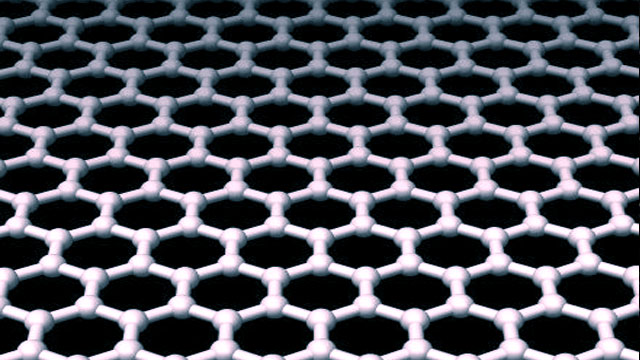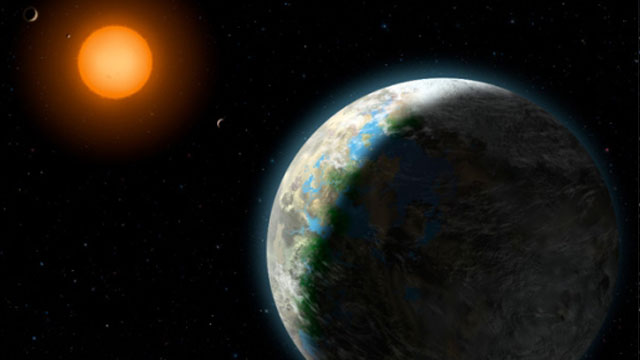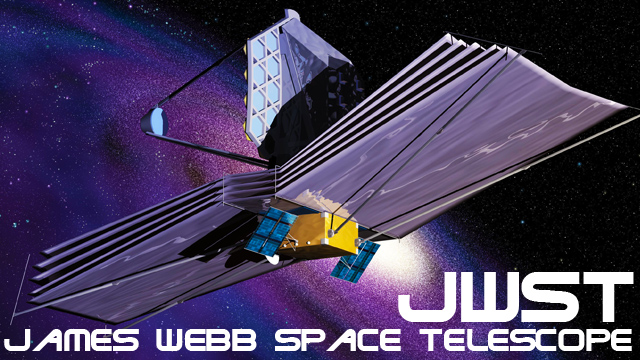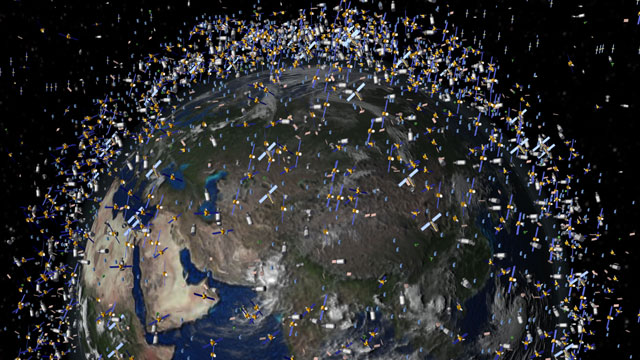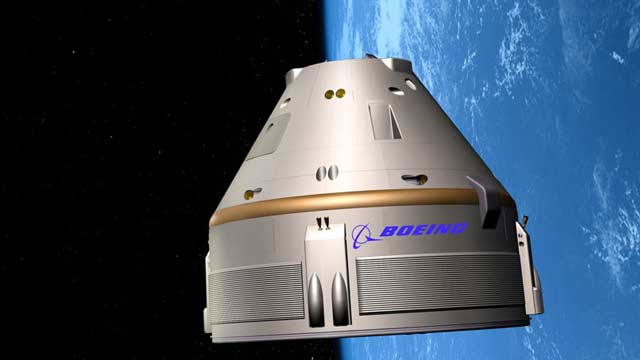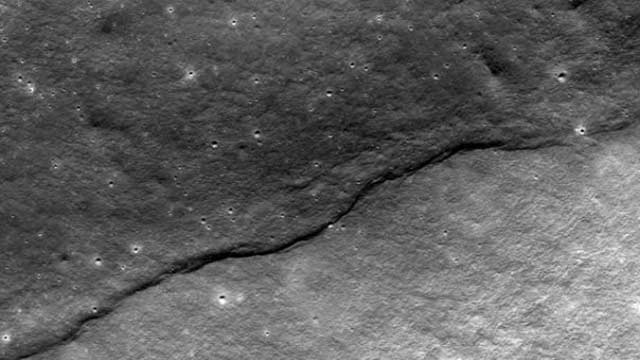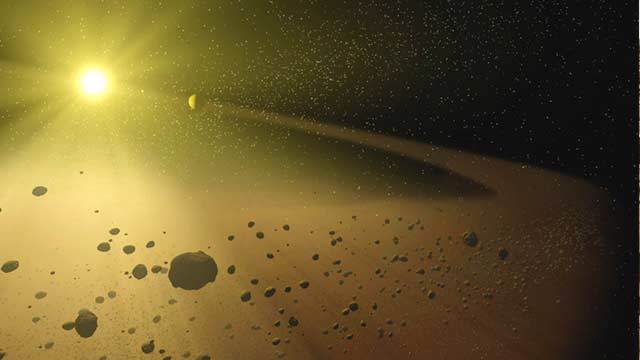Michio Kaku
Professor of Theoretical Physics
Dr. Michio Kaku is the co-founder of string field theory, and is one of the most widely recognized scientists in the world today. He has written 4 New York Times Best Sellers, is the science correspondent for CBS This Morning and has hosted numerous science specials for BBC-TV, the Discovery/Science Channel. His radio show broadcasts to 100 radio stations every week. Dr. Kaku holds the Henry Semat Chair and Professorship in theoretical physics at the City College of New York (CUNY), where he has taught for over 25 years. He has also been a visiting professor at the Institute for Advanced Study as well as New York University (NYU).AsianBoston / Rob Klein
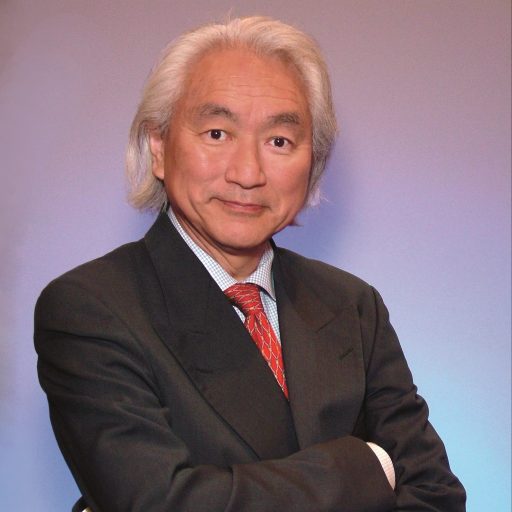
Scientists always say that fusion is 20 years away, but this time the physicist says it’s for real.
▸
3 min
—
with
Graphene is in incredibly strong, one-molecule thick layer of carbon atoms that could someday be used to create life-sustaining nanorobots.
▸
2 min
—
with
Technology already allows for primitive versions of superhuman abilities. One day we might also have contact lenses that allow us to surf the Internet and see infrared radiation.
▸
3 min
—
with
Today’s robots are less intelligent than cockroaches, but advances in quantum computing—transferring information using atoms rather than silicon—could revolutionize the field of AI.
▸
3 min
—
with
The physicist explains why other universes in the mulitverse could have many more dimensions—and could comprise Einstein’s “Mind of God.”
▸
2 min
—
with
Could the power of gravity be harnessed as a means of nearly instantaneous communication between planets—and even galaxies?
▸
2 min
—
with
The physicist scoffed at the idea of quantum entanglement, calling it “spooky action at a distance.” And while it has in fact been proven to exist, this entanglement can’t be […]
▸
2 min
—
with
The answer to this question is at the cutting edge of science, but one theory states that dark matter is nothing but ordinary matter in another dimension hovering right above us.
We have long wanted to create a neuron-by-neuron map of the brain’s circuitry to give us a 3-D glimpse into its connections are, how they work and how the different […]
Malcolm Hartley is an Australian astronomer who is best known for his discovery of 5 comets during the 1980s. He has been invited to NASA’s Jet Propulsion Laboratory in California […]
Dr. Kaku’s Universe and Big Think want to make you even better informed than you already are with subscriptions to four great magazines. To enter, simply post a comment in […]
At the heart of every galaxy like our own Milky Way lies a supermassive black hole, but scientists are unsure which develops first.
A conversation with the CUNY theoretical physicist.
▸
13 min
—
with
Six months ago, in late April, Research teams at the NASA Infrared Telescope facility in Hawaii made an astonishing discovery. They found that both water ice and organic compounds exist […]
NASA’s $150-million, Wilkinson Microwave Anisotrophy Probe (WMAP) has been gathering information about the nature of our Universe for nine years and has changed the way we think about it forever. […]
Theoretical physicist Michio Kaku sees two major trends today. One eventually leads to a multicultural, scientific, tolerant society. The other: to fundamentalism, monoculturalism, and (eventually) ruin.
▸
6 min
—
with
Even if computer technology continues to double every 18 months—which is doubtful—we could put a chip in robots’ brains to shut them off if they start to get murderous.
▸
4 min
—
with
The physicist believes that shape-shifting technology is near on the horizon. And “just decades away we will have something resembling Harry Potter’s invisibility cloak.”
▸
3 min
—
with
At the heart of every galaxy like our own Milky Way lies a supermassive black hole, but scientists are unsure which develops first.
▸
2 min
—
with
The answer to this question is at the cutting edge of science, but one theory states that dark matter is nothing but ordinary matter in another dimension hovering right above […]
▸
2 min
—
with
The theory behind the substance graphene was first explored by theoretical physicist Philip Wallace in 1947 as kind of a starting point when he was doing research trying to understand […]
Recently, a nearby earth-like twin was found in outer space—perhaps capable of harboring life. The planet is called Gliese 581g, and is 20 light years from Earth (about 120 trillion […]
When I first launched my blog in March, you may remember me writing about a blog post entitled “IMAX Hubble 3D & The James Webb Space Telescope.” The new telescope […]
One day, quantum computers may replace the standard silicon chips found in all computers around the world. In fact, by 2020 to 2025, transistors will be so small and will […]
The United Nations Office of Outer Space Affairs (UNOOSA) has announced that it will consider drafting protocols for what to do when we finally make contact with extra-terrestrial civilizations in […]
Nearly fifty years into mankind’s space exploration, we have littered the heavens with our garbage. There is an incredible amount of debris that that is literally stuck in Earth’s gravitational […]
The latest episode of Sci Fi Science, as usual, has generated e-mails from viewers that I would now like to address: Question One: You discuss evil aliens that might want […]
Commercial space tourism is no longer such a distant dream. Over the next decade or so, we are going to start seeing the development of quite a few interesting relationships […]
According to a recent press release: NASA’s Lunar Reconnaissance Orbiter, or LRO, will complete the exploration phase of its mission on Sept. 16, after a number of successes that transformed […]
My mailbox is overflowing with questions from viewers who have watched “Sci Fi Science.” It would take too long to answer all of them, but let me answer a few […]



